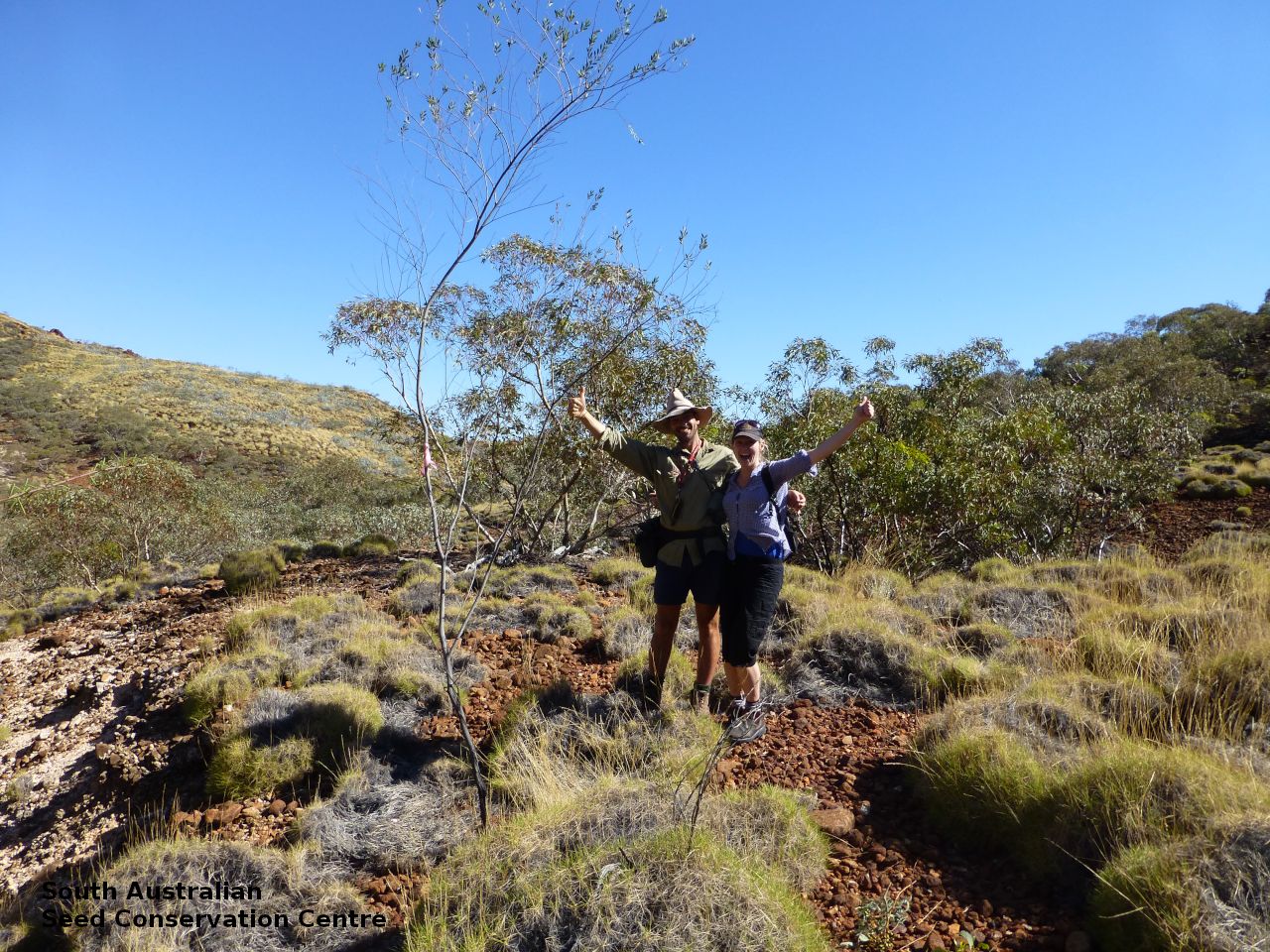
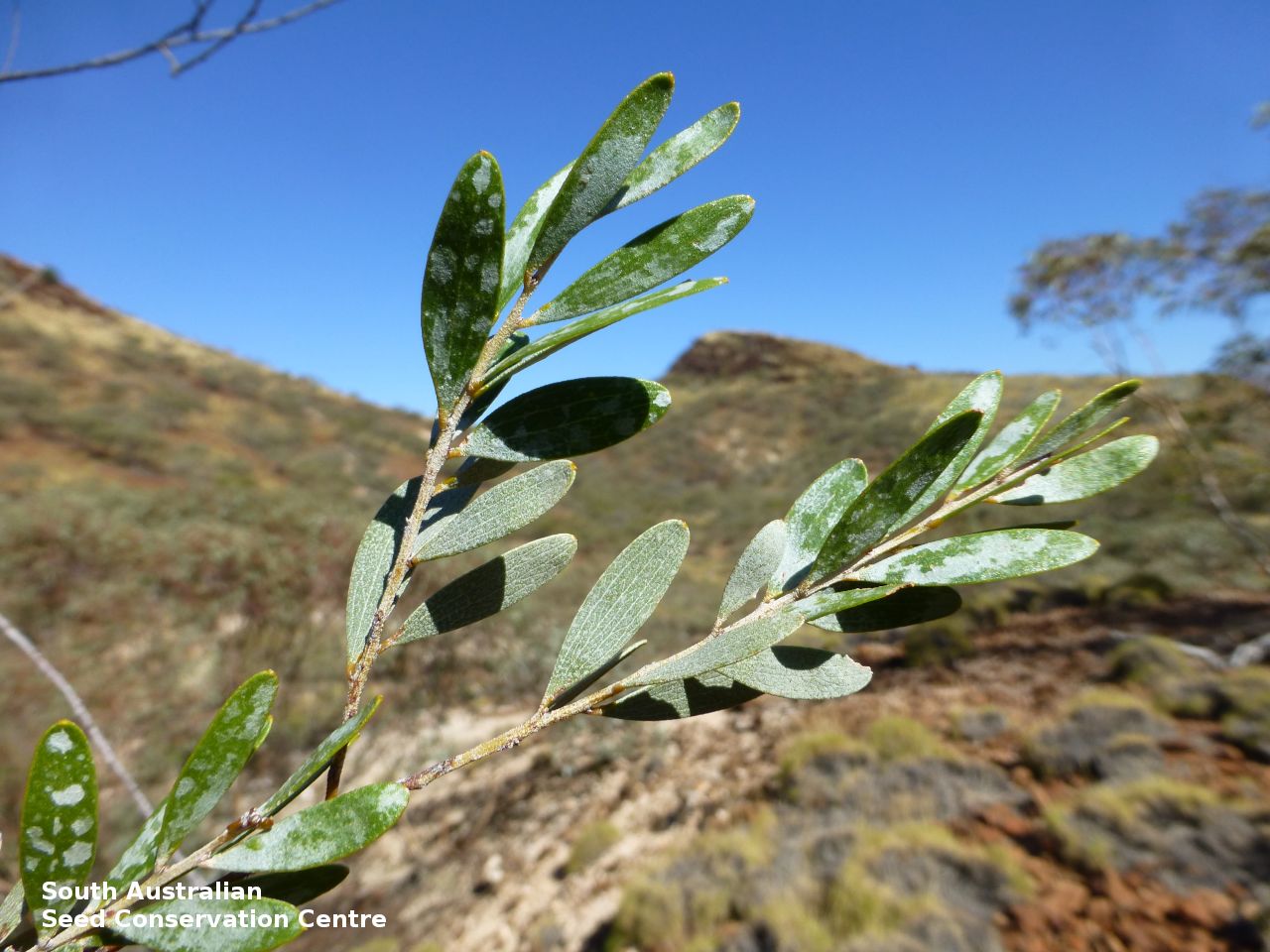
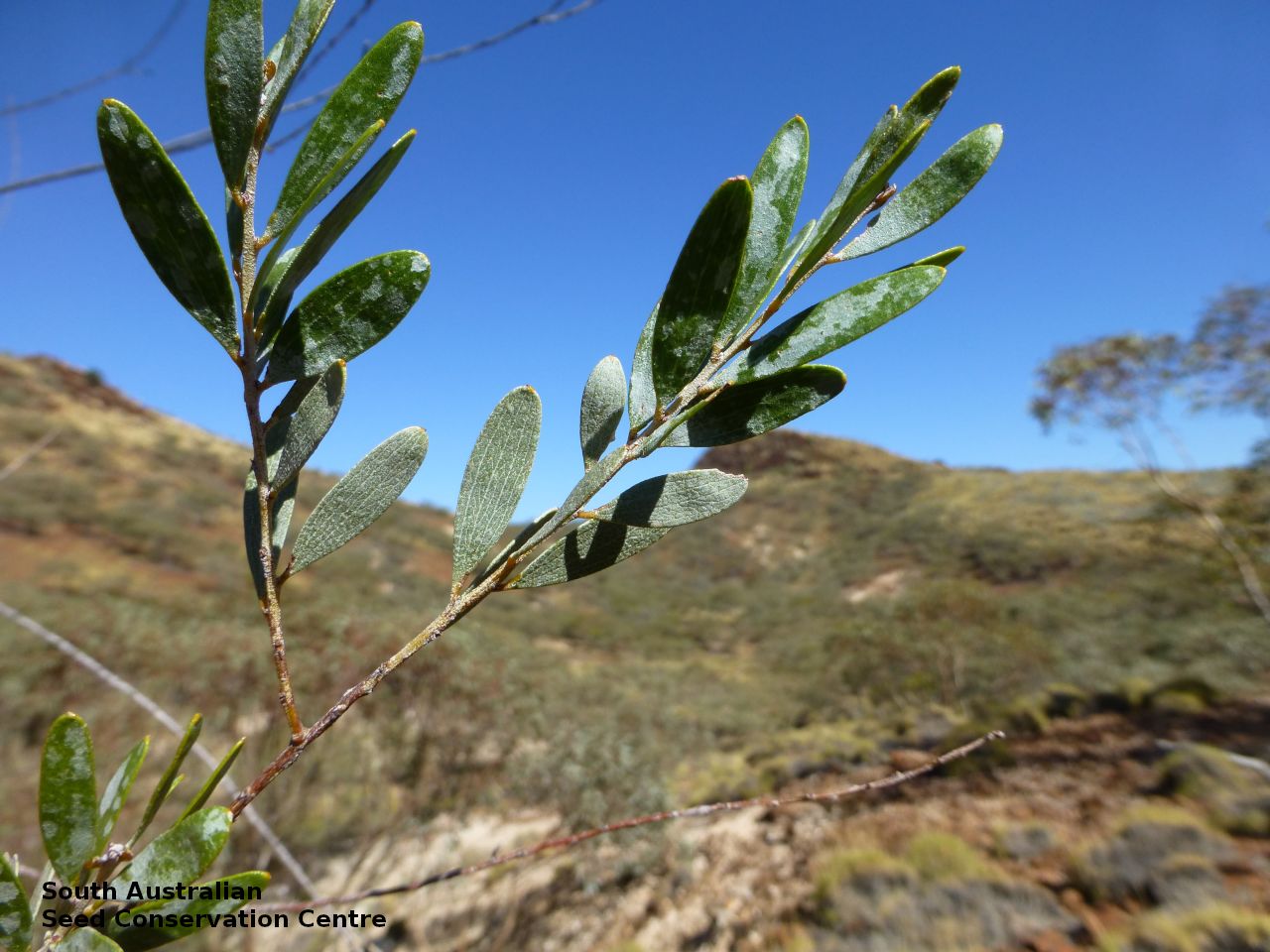
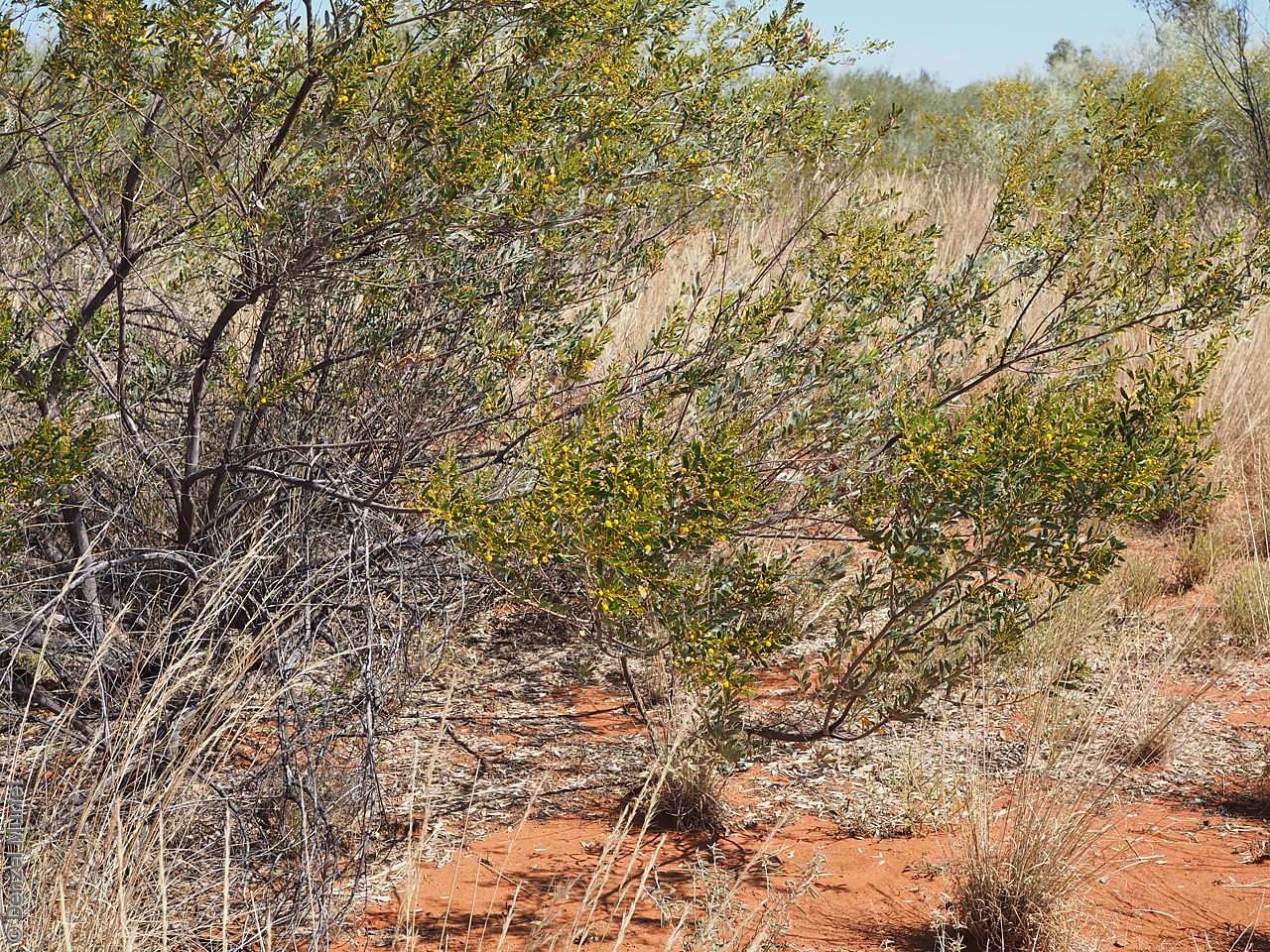
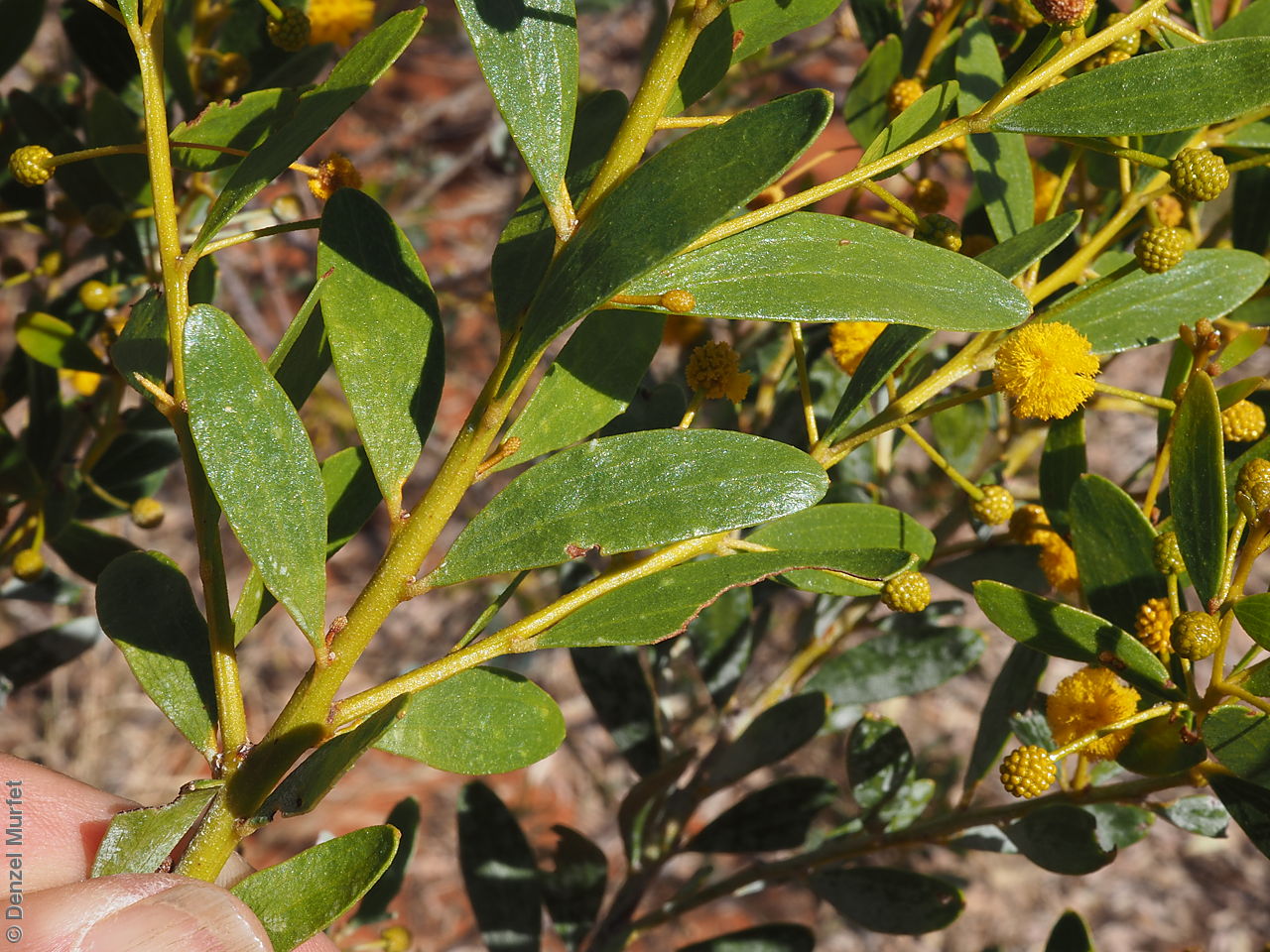
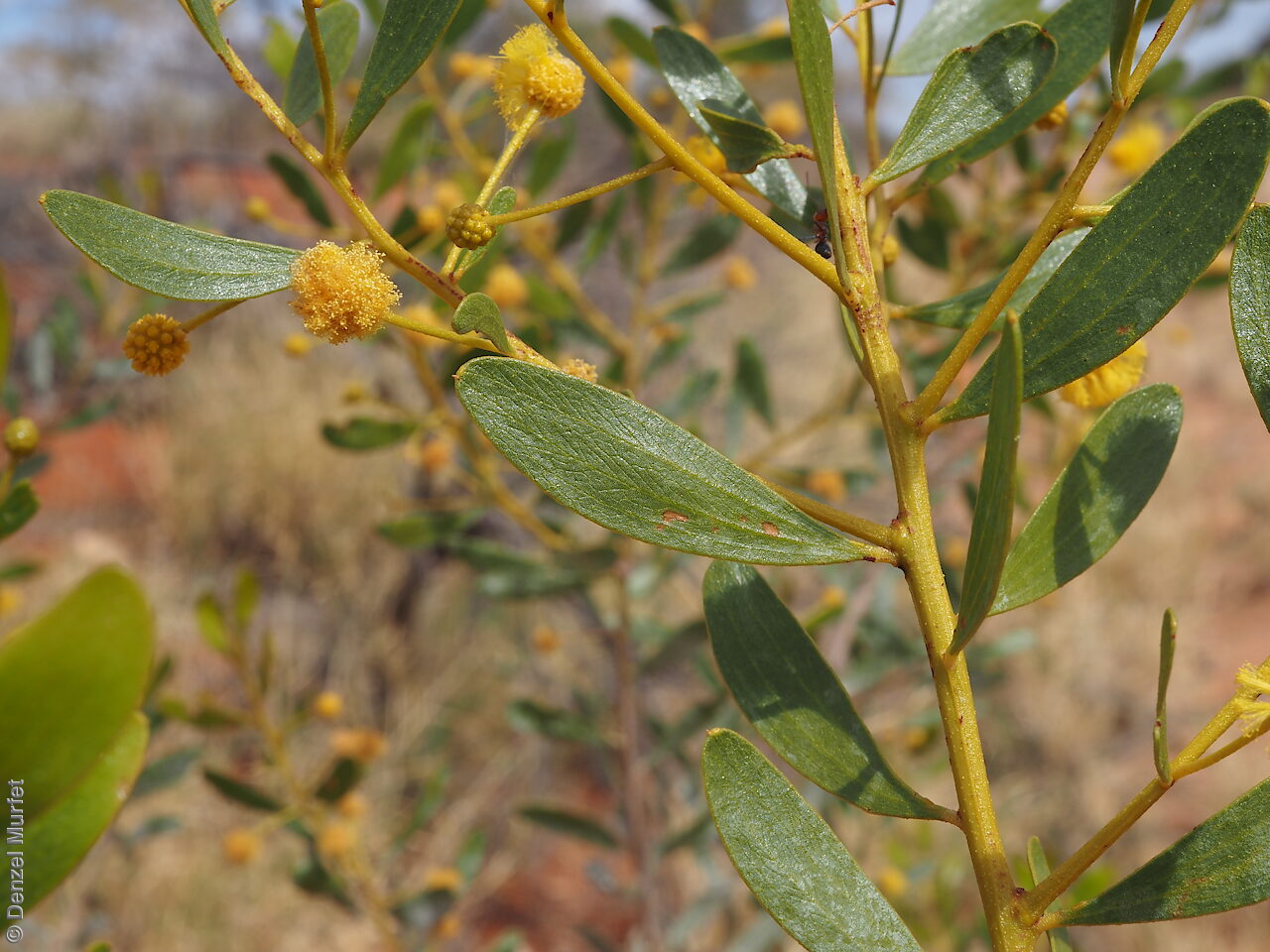
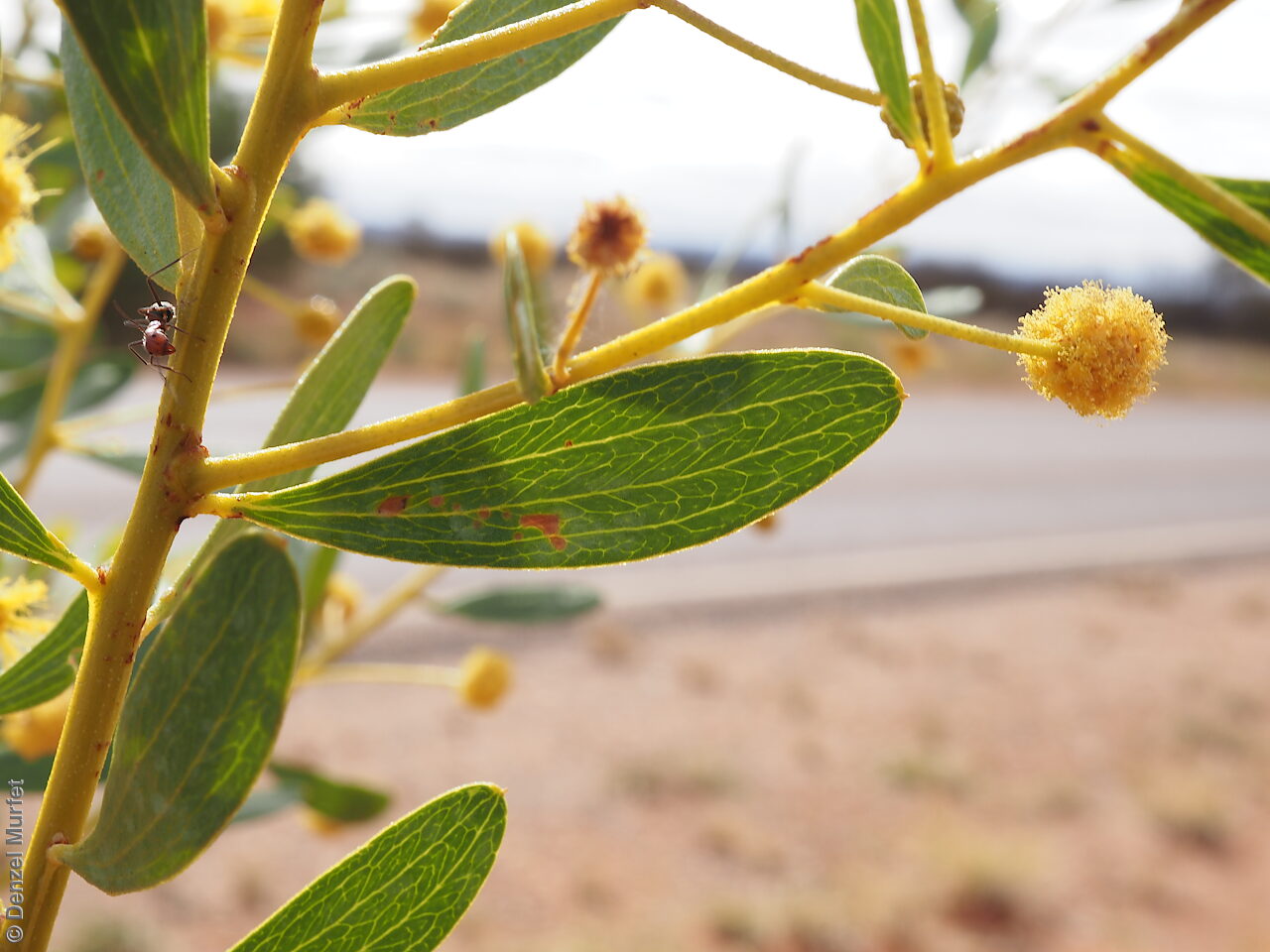
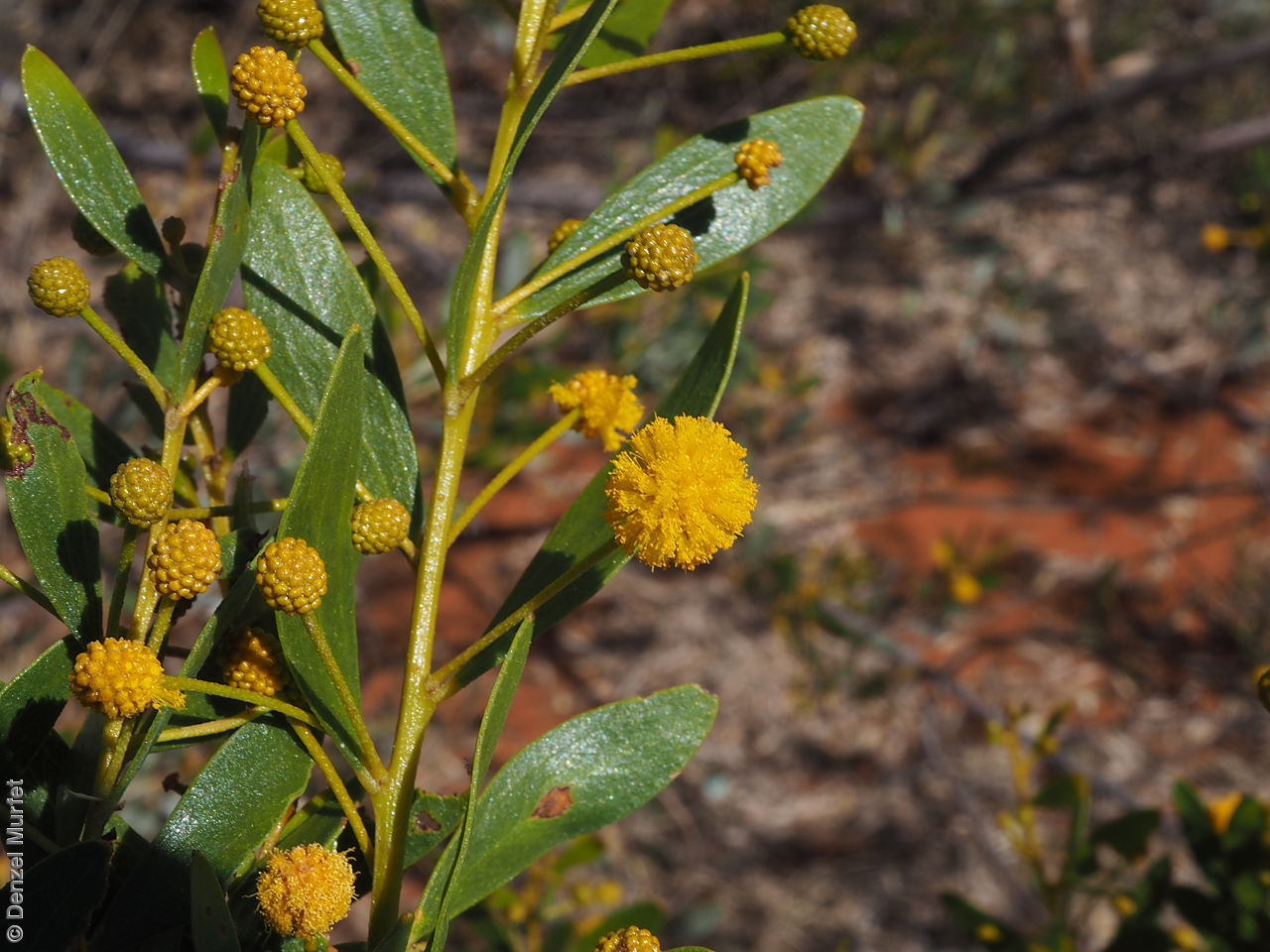
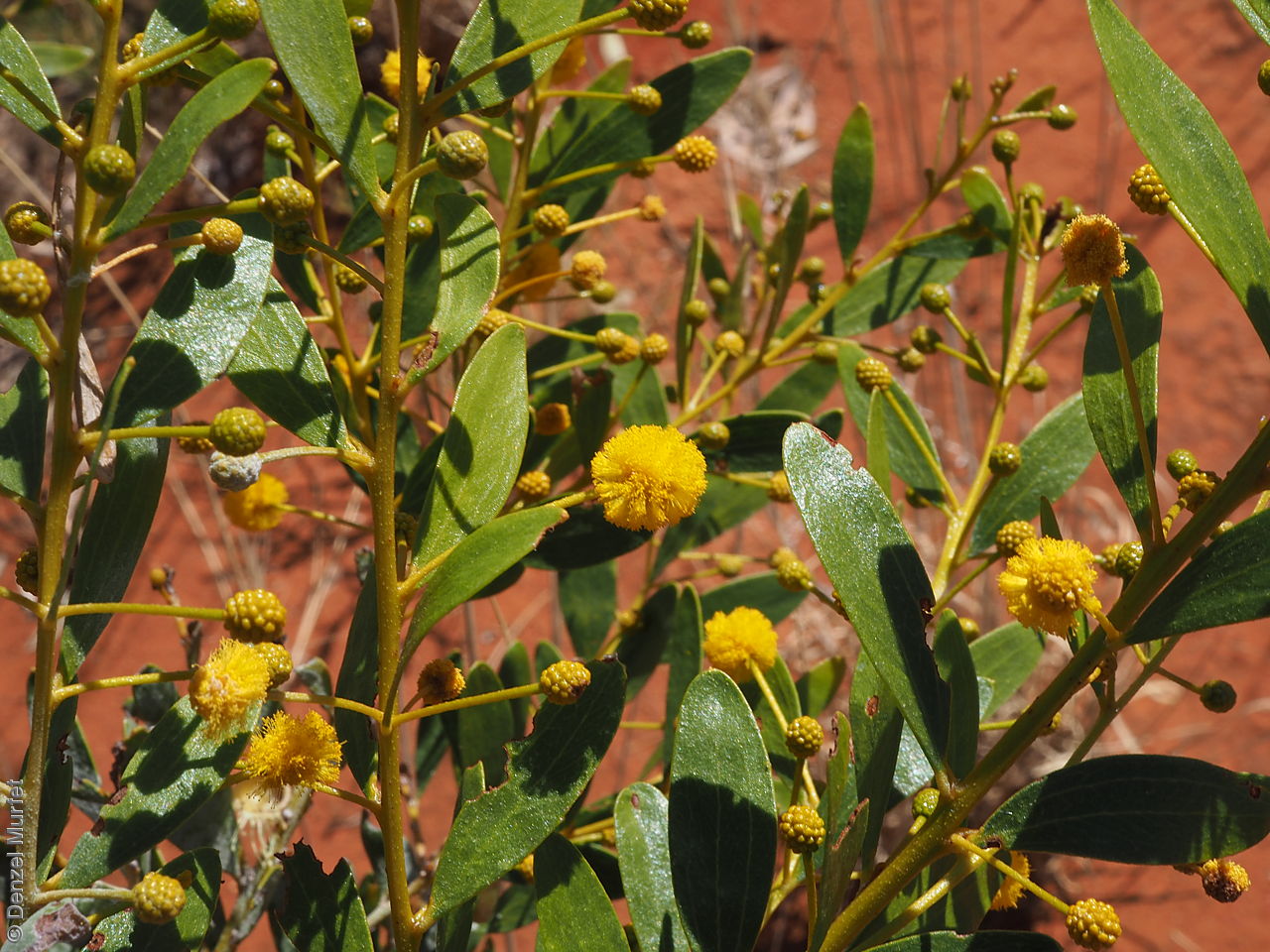
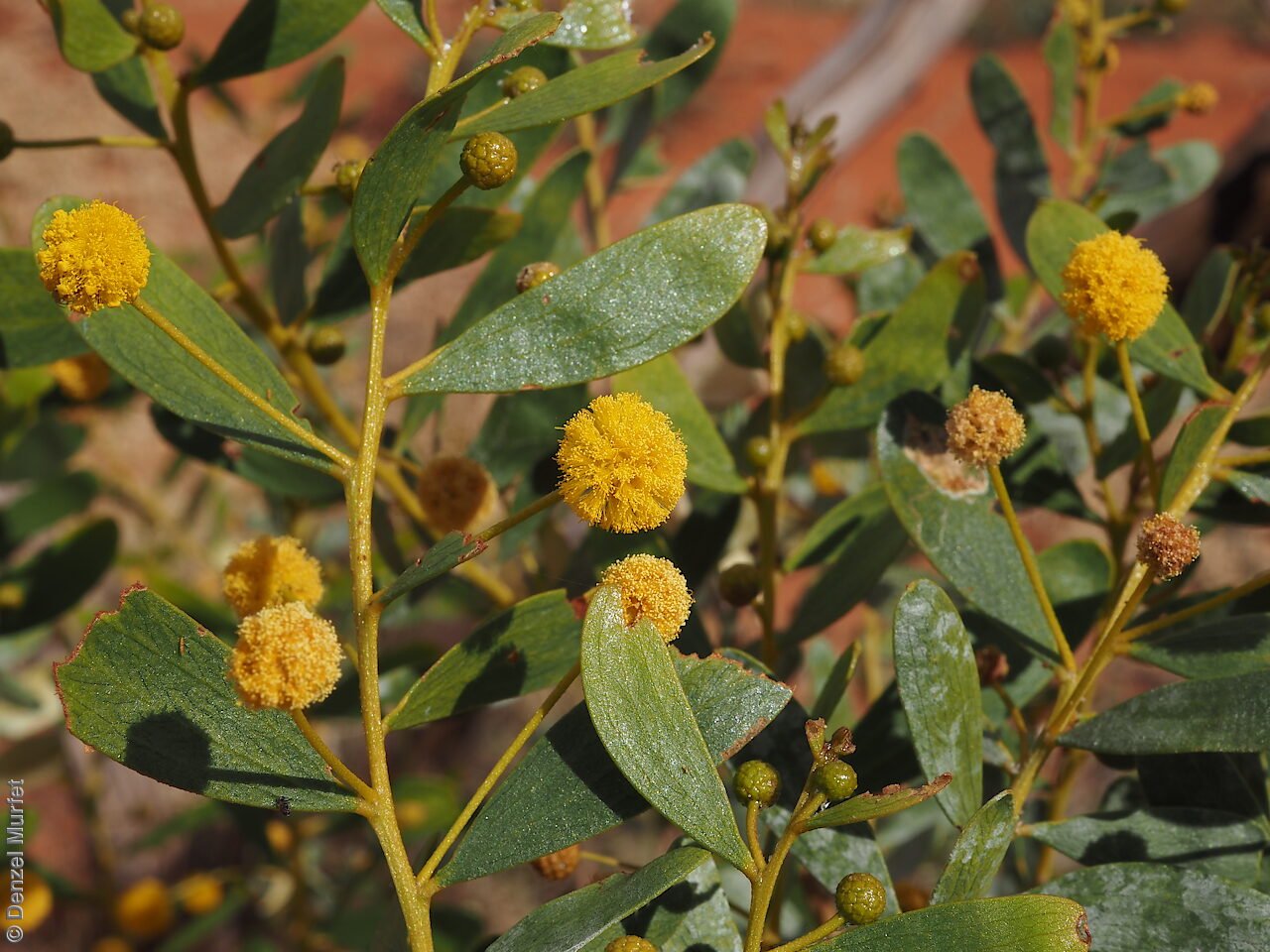
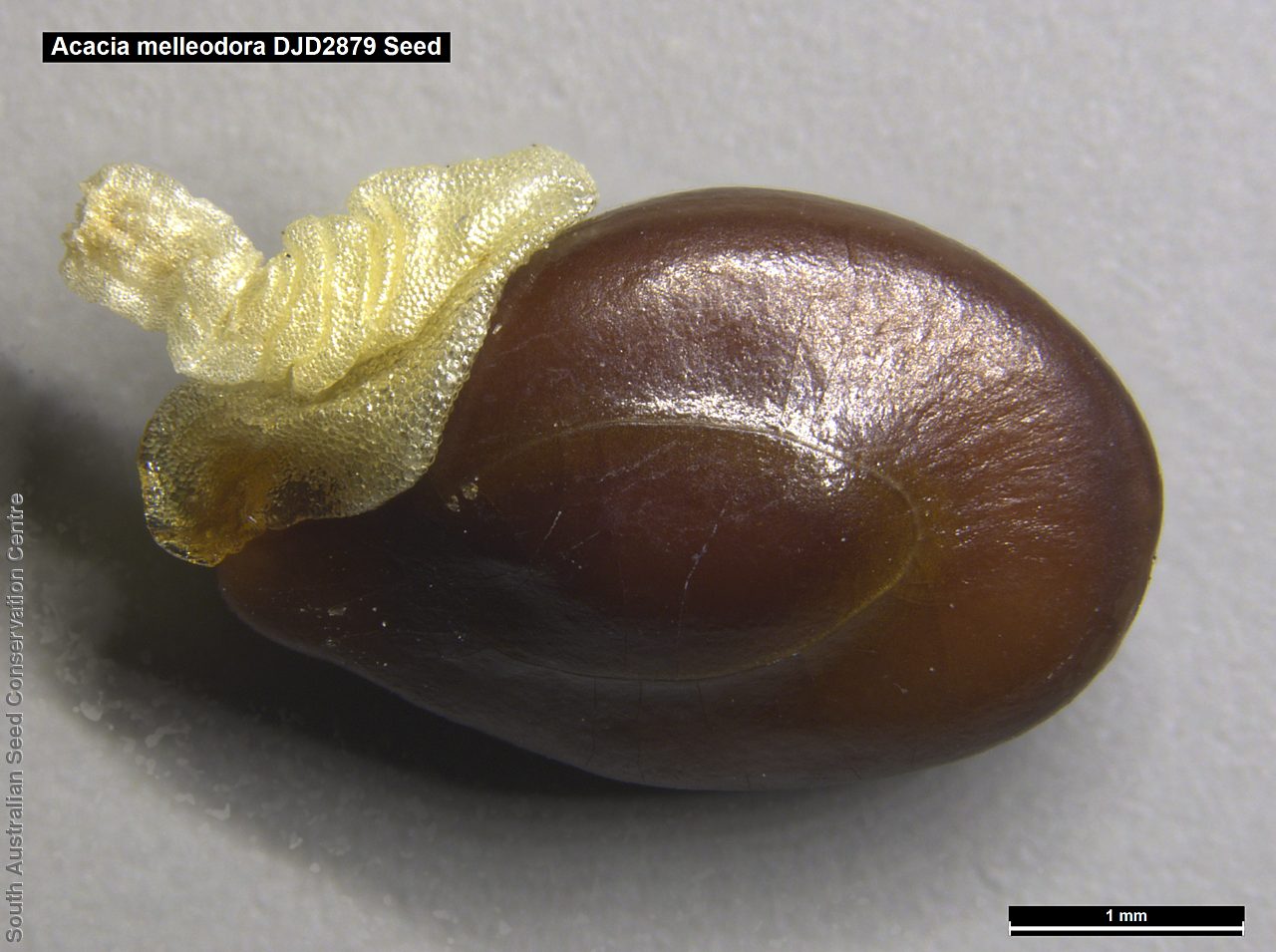
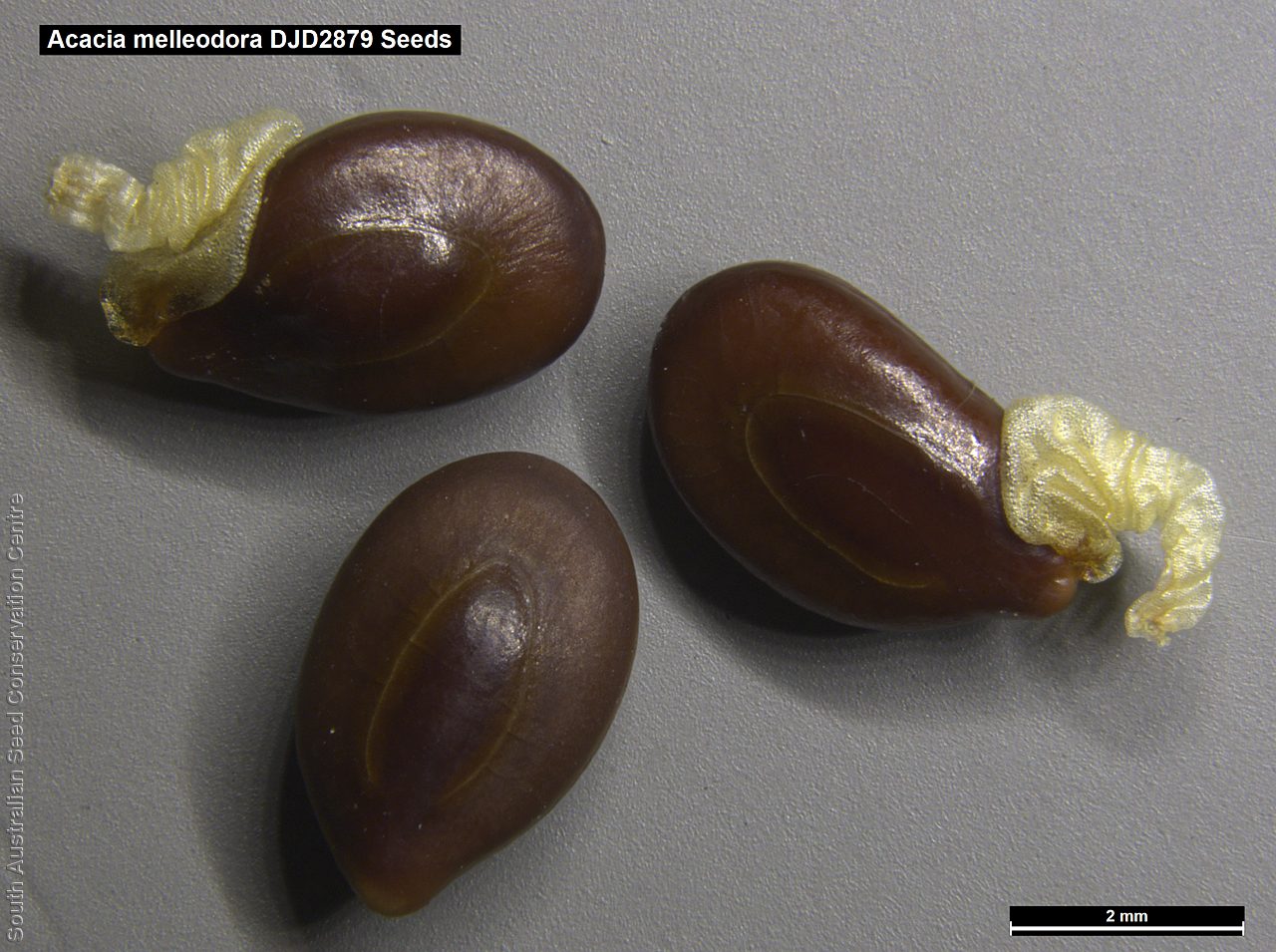

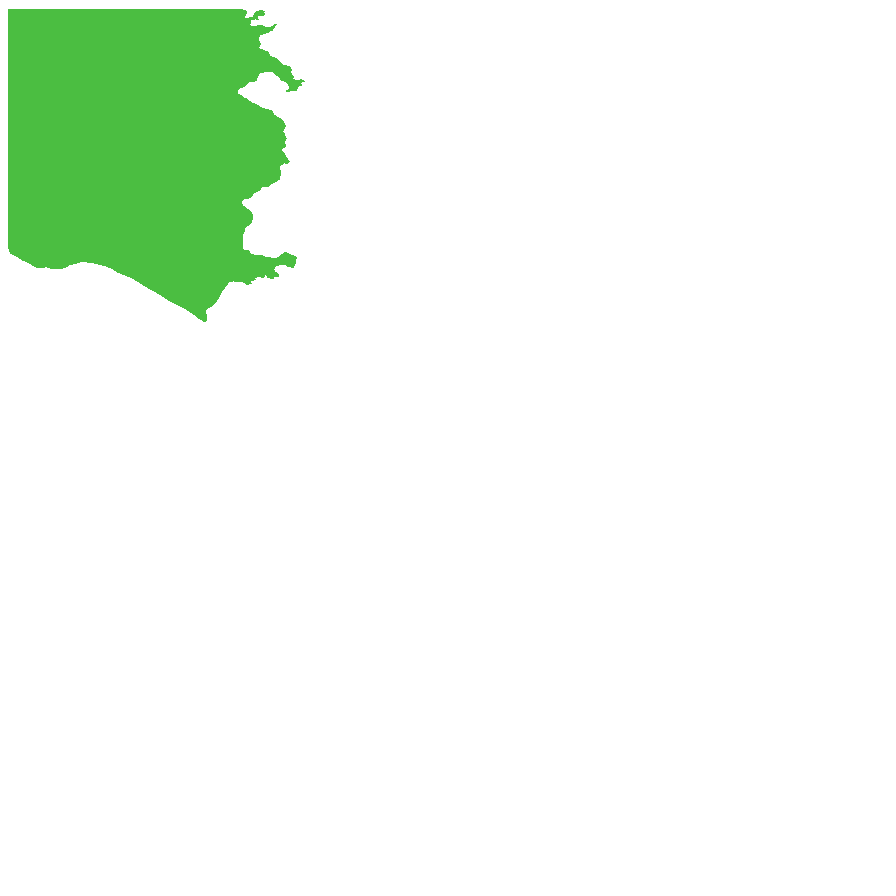
Botanical art
Prior names
Racosperma melleodorum
Common names
Waxy Wattle
Net-veined Wattle
Etymology
Acacia from the Greek 'akakia' and derived from 'ake' or 'akis' meaning a sharp point or thorn and 'akazo' meaning to sharpen. Dioscorides, the Greek physician and botanist used the word in the 1st century AD for the Egyptian thorn tree, Acacia arabica. Melleodora from the Greek 'meli' meaning honey and 'odor' meaning smell, referring to the honey-like perfume of the species.
Distribution and status
Found in the far north-west corner of South Australia growing in deep red or red-brown siliceous sand, on dunes or interdunal areas and sometimes found on shallow stony soils. Also found in Western Australia, Northern Territory and Queensland. Native. Uncommon in South Australia. Common in the other States.
Herbarium region: North Western
NRM region: Alinytjara Wilurara
AVH map: SA distribution map (external link)
Plant description
Glabrous, resinous, viscid shrub to 4 m high. Branchlets often sparsely tuberculate. Leaves obovate to oblanceolate, sometimes narrowly elliptic, to 5 cm long and 11 mm wide, obtuse, mucronulate; normally sparsely tuberculate, green, grey-green (glaucous), the resin sometimes drying white, with 2 or 3 prominent longitudinal nerves; basal gland elongate, smaller gland at base of the minute apical mucro. Flower-spike simple with 1-3 globular golden flower-heads per axil. Flowering between May and September. Fruits are brown, narrowly oblong pod to 9 cm long and 1.5 cm wide, flat, raised over seeds alternately on each side. Seeds are hard, dark brown ovoid seed to 4 mm long and 2.5 mm wide. Seed embryo type is investing.
Seed collection and propagation
Collect seeds between October and December. Collect mature pods that are turning brown, with hard, dark seeds inside. Place the pods in a tray and leave to dry for 1-2 weeks or until the pods begin to split. Then rub the dried pods to dislodge the seeds. Use a sieve to separate any unwanted material. Store the seeds with a desiccant such as dried silica beads or dry rice, in an air tight container in a cool and dry place. This species has physical dormancy that needs to be overcome for the seed to germinate (e.g. nicking or softening the seed coat).